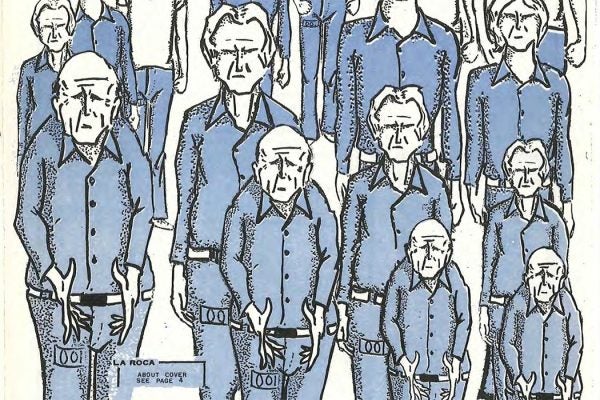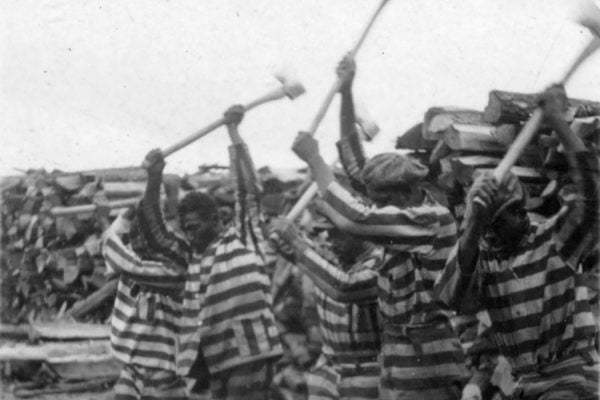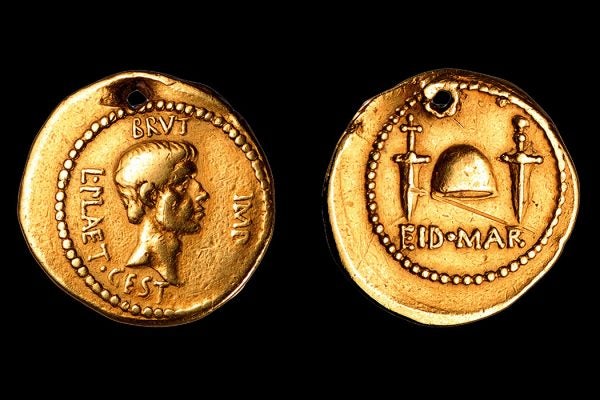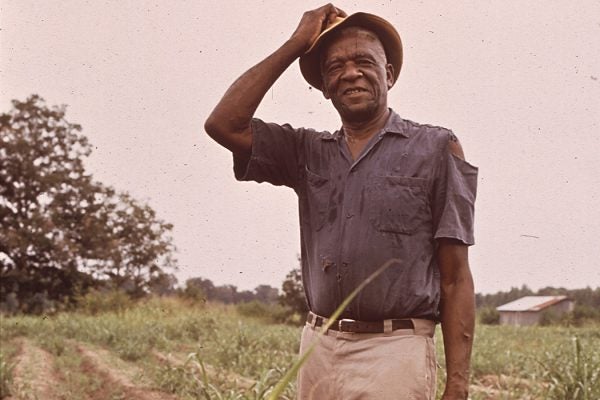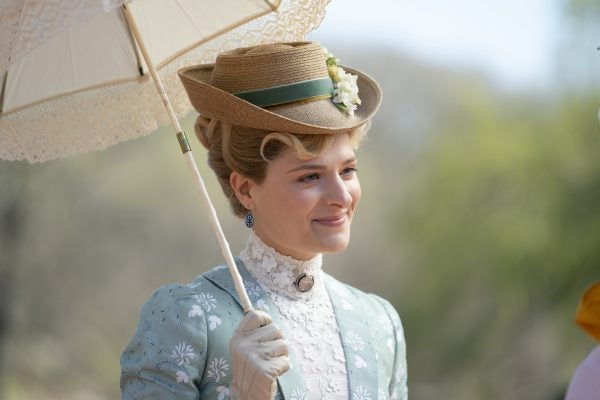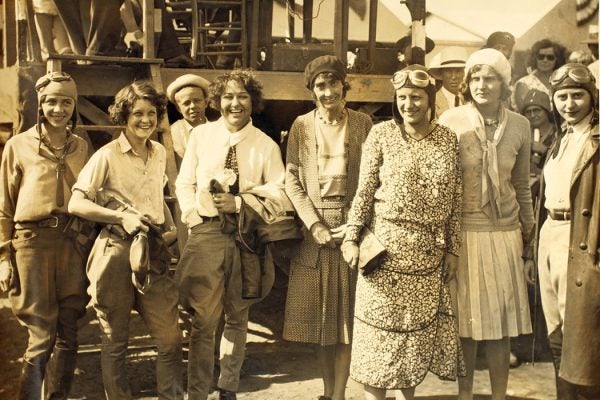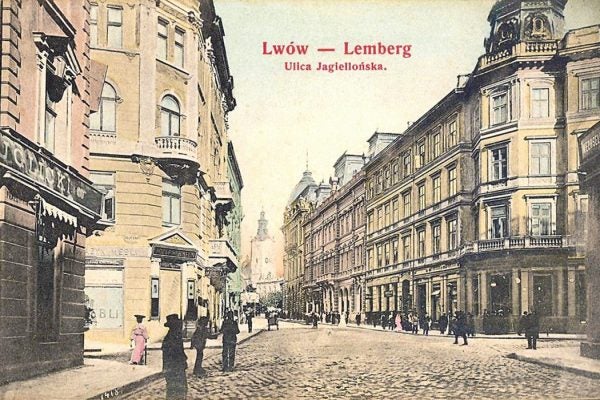St. Patrick’s Day in Prison
Offhand references to St. Patrick’s Day showcase broader humor, humanity, and history in the American Prison Newspapers collection.
Mass Incarceration: A Syllabus
This selection of stories focuses on prison and mass incarceration in the US, which has the highest rate of imprisonment in the world.
Beware the Ides of March. (But Why?)
Everybody remembers that the Ides of March was the day Julius Caesar was assassinated. But what does it mean, and why that day?
The Working Class Roots of Canadian Feminism
The increased participation of women in labor helped create the Canadian feminist movement.
The USDA Versus Black Farmers
Current attempts to correct historical discrimination by local and regional offices of the USDA have been met with charges of "reverse discrimination."
Elizabeth Keckley’s Memoir Behind the Scenes, or, Thirty Years a Slave and Four in the White House
Keckley’s decision to write about her employers from the viewpoint of a household laborer—she was seamstress to Mary Todd Lincoln—enraged audiences.
Philanthropy and the Gilded Age
As the HBO series The Gilded Age suggests, charity allowed wealthy women to play a visible role in public life. It was also a site of inter-class animosity.
1929 Women’s Air Derby Changed Views On Women Pilots
Women pilots were seen as oddities, opportunists, and "too scatterbrained" to fly. The 1929 All-Woman Air Race set out to change that.
Lviv: Open to the World
The history of the Ukrainian city of Lviv is long, complex and mirrors some of the larger conflicts of the Eastern European region.
Race and Gender Under the Big Top
The circus provided opportunities to some in the late 18th and early 19th centuries, but could not avoid the racism and misogynoir of the "outside world."
